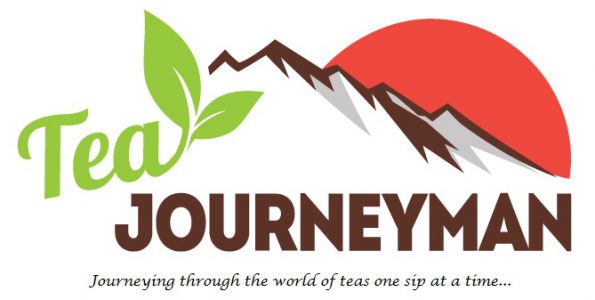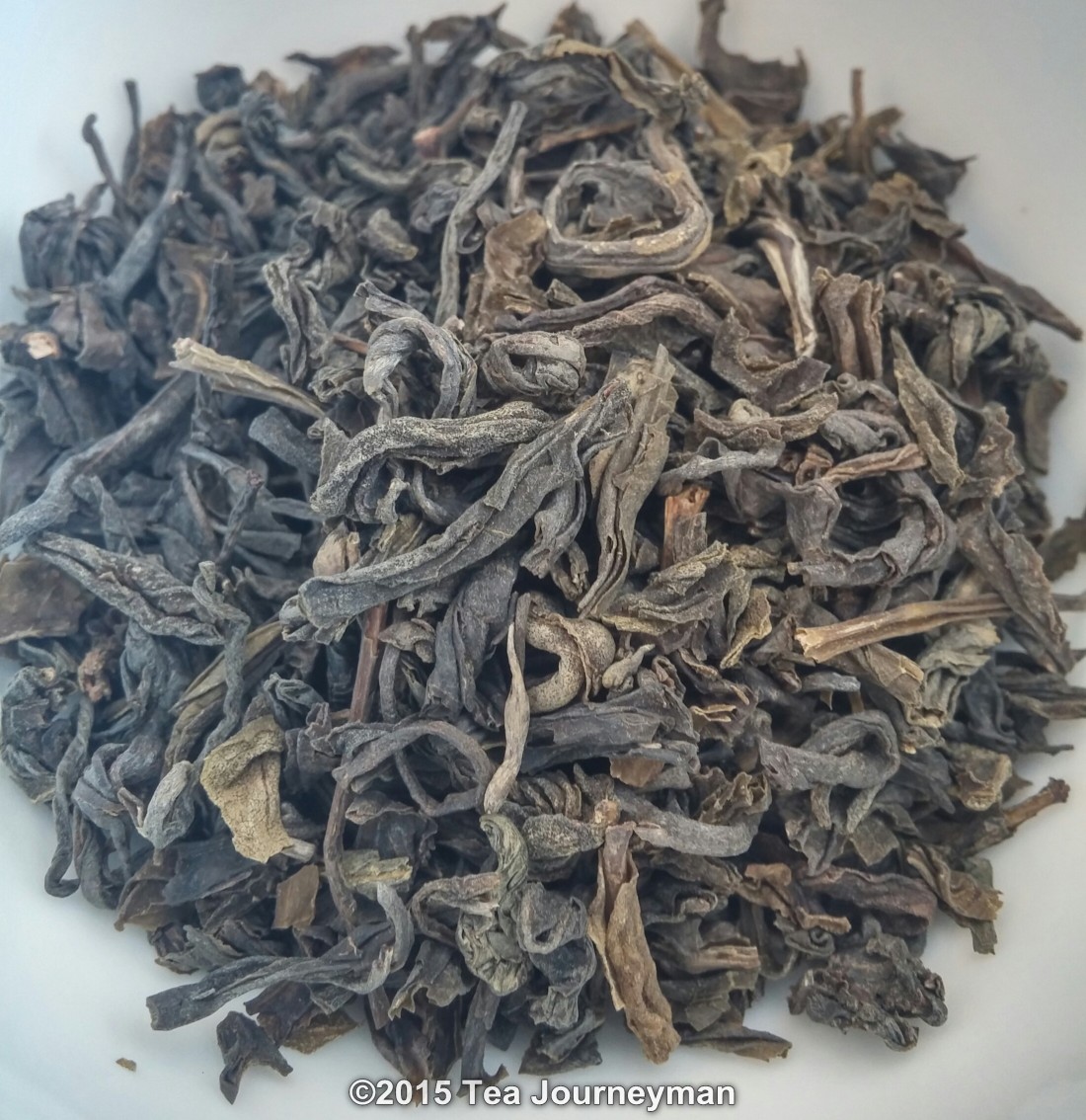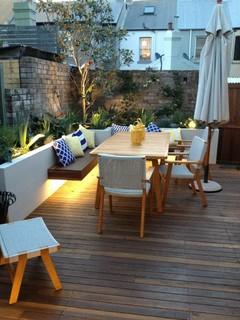Today’s review will focus on the Kenya Silver Needle White Tea from What-Cha. The Kenya Silver Needle White Tea is sourced from the southern slopes of Mount Kenya. You may view and purchase this tea at the What-Cha website by clicking here.
I have covered the Mount Kenya growing region in some detail in previous postings, specifically the Kangaita Factory, which is among the best known factories in Kenya for producing a variety of high quality orthodox teas. Up until recently, Kenya was known for mass-produced, commodity tea intended for use in teabags. In recent years, some of the small scale farmers, with the assistance of the Kenya Tea Development Agency, have been learning how to make their harvests more profitable by growing better quality tea, and the factories that they sell to (like Kangaita) are learning how to transform these better quality tea leaves into high quality finished teas intended for the specialty tea market. Given the unique terroir of Kenya, it is exciting to watch the focus on specialty tea become more prevalent. I have had some excellent green and black teas from Kangaita Factory, and I look forward to the specialty products that other Kenyan factories will be offering in the future.
The sample packet has been opened, and a very unique, unexpectedly sweet scent is accompanying the beautiful long, slender buds. Let the journey begin…

The dry leaves have a uniform light brownish-yellow color, with a few green leaves in the mix. The pluck is one fine unopened leaf enveloping a younger bud. The leaves and buds are covered in downy-like silver hairs. The leaves are mostly unbroken and fully intact, with a few fragments and crumbs in the mix. There are no bare stems, and a few standalone buds. The leaves have an incredibly smooth, soft texture. The leaves and buds are long and quite narrow compared to Chinese silver needle teas, and have a sickle-like shape. The average length is about 1.25 inches (31 mm). The smell is incredible, with scents of fresh morning hay, fresh baked sweet dough (almost like a sesame donut), vanilla, and a touch of honeysuckle. I can honestly say that I have never experienced a silver needle tea with a smell like this. it is very impressive.
Three grams of dry leaves were placed in a five ounce (150 ml) porcelain infusion cup. Purified water was heated to 185°F (85°C). The leaves were infused for 4:00 minutes.
My suggestion for at home preparation is to use three grams of dry leaves for every six to eight ounces (180 to 240 ml) of water to be used. Heat water to 175°F (80°C). Steep the leaves for 3:00 minutes. Expect four quality infusions out of the same serving of leaves. Add 30 seconds to each subsequent infusion steep time.

The first infusion produced a liquor with a bright, light pale yellow color, clear and transparent. The aroma is incredible, with scents of sweet dough, honeysuckle, vanilla, maca powder, almond milk, and maybe a touch of ripe peach. The body is light and refreshing, with a silky, clean texture. There is a very mild astringency, almost undetectable. The taste has notes of sweet dough, vanilla, maca powder, honeysuckle, light hay, light sweet butter, and light ripe peach. The aftertaste is gentle, and carries the sweet and floral qualities. The essence left on the breath is lightly peachy and floral.

The infused leaves have a fairly uniform fresh forest green color, with the veins and stems being light brown. The leaves and buds are mostly unbroken and fully intact, with a few fragments and crumbs in the mix. The buds have swollen some, but are still narrow compared to Chinese silver needle teas. The expanded leaves average length is about 1.5 inches (37 mm). The leaves and buds are very soft and smooth.The smell has scents of honeysuckle, sweet dough, vanilla, and light hay.
There are quite a few descriptions that I used in this review that I have never used before, especially for a white tea, and that is most certainly a positive in this case. The Kenya Silver Needle White Tea is simply phenomenal in every aspect. The dominantly sweet aroma and taste blend perfectly with the floral notes, the touch of nutty sweetness, which I described as maca powder, and the clean, refreshing body are an incredible combination. There are sweet tastes and aromas in this tea that I cannot identify, but they are awesome. This is a white tea that can become an instant favorite with many tea drinkers. The price is not bad. I am currently working on my fourth infusion, and I am confident there is another good infusion left in these leaves. I have enough time today to extract every last molecule of pleasure out of these leaves, and I plan to do so. I cannot say enough good things about this tea!
Many thanks to the management at What-Cha for providing this incredible sample of Kenya Silver Needle White Tea. Cheers!








































